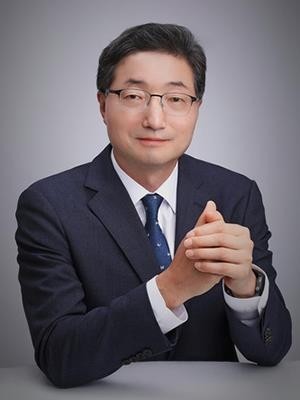
The foreign exchange market is once again experiencing volatility. Since mid-July, the dollar-won exchange rate had fluctuated within a narrow range, but last week it surged past the 1,400 won mark. While the dollar’s strength was partly driven by robust US economic data, heightened uncertainty surrounding tariff negotiations played a significant role. The market is growing increasingly uneasy, with many raising their upper forecasts for the exchange rate.
In truth, a clear solution is elusive. The demands from the US side in the current tariff negotiations have exceeded what is considered acceptable. The US is requesting a $350 billion investment fund to be provided up front or via cash transfer—far removed from the capital call structure, which is based on payment guarantees, as understood by the Korean negotiating team. There are even reports that the US is seeking to increase the amount.
The US side is disregarding South Korea’s circumstances and is pressing ahead in a manner that defies conventional logic. The gap with standard investment agreement practices is significant, and the US continues to present conditions and make pressure-laden statements to enhance its negotiating leverage. The aim appears to be to unsettle and divide South Korea in order to extract concessions.
Amid this confusion, self-proclaimed experts are making hasty speculations and forecasts. Many are voicing vague hopes and concerns without proper fact-checking. Such commentary only amplifies market anxiety and increases volatility. In times like these, it is crucial to calmly reassess the situation.
One area that remains poorly understood is the currency swap with the US Federal Reserve, as requested by the Korean negotiating team. The Fed’s standing swap lines with five central banks, including Japan, serve as a safety net to provide short-term dollar liquidity during crises. The basic maturity is seven days; during the early pandemic, an 84-day maturity was added but discontinued in July 2021. The interest rate structure—dollar OIS plus a 25bp spread—means it is higher than market rates, offering little incentive for use under normal conditions. Even if rollovers are possible, there is no reason to use these funds over several years. Thus, it is unsuitable for raising a $350 billion investment fund.
If a Fed swap line were granted, it would significantly enhance foreign exchange market stability. However, it cannot absorb the upward pressure on the exchange rate stemming from the $350 billion demand. Japan’s experience illustrates this point: despite having a standing swap line, the dollar-yen rate soared to around 160 yen in July 2024 due to widening US-Japan interest rate differentials. The swap facility is designed to provide dollar liquidity in times of crisis. The Fed has made it clear that exchange rate stability is the responsibility of each country’s monetary policy and foreign reserves management.
Thus, the limitations and capabilities of the Fed swap line in relation to the current tariff negotiations are clear. Even if a swap line is provided, the fundamental issues surrounding the $350 billion investment would largely remain. Should such a large sum be raised domestically and flow out as overseas investment, it would not only drive up exchange rates and interest rates but also further dampen domestic investment, undermining long-term growth. The market is closely watching how this issue will unfold.
Although the US side is leaking various negative reports, nothing has been finalized. This uncertainty is unsettling the market and fueling upward pressure on the dollar-won rate. However, contrary to some predictions, the dollar-won is unlikely to surge into the upper 1,400 won range. The US dollar is entering a medium-term weakening trend, and the US-Korea interest rate gap is likely to narrow.
The market needs to respond more calmly. It should not overreact to every statement from former President Trump and his circle. The shock from the latest tariff hikes and investment demands must be dispersed and absorbed by the market as much as possible. Timely price reflection of changing circumstances is the best way to prevent crises. However, the market must not be swayed by unpredictable short-term shocks. Even as it moves nimbly, it must remain grounded and maintain its balance.
(Lee Seung-heon, Professor at Soongsil University and former Deputy Governor of the Bank of Korea)
(End)
Copyright © Yonhap Infomax Unauthorized reproduction and redistribution prohibited.

